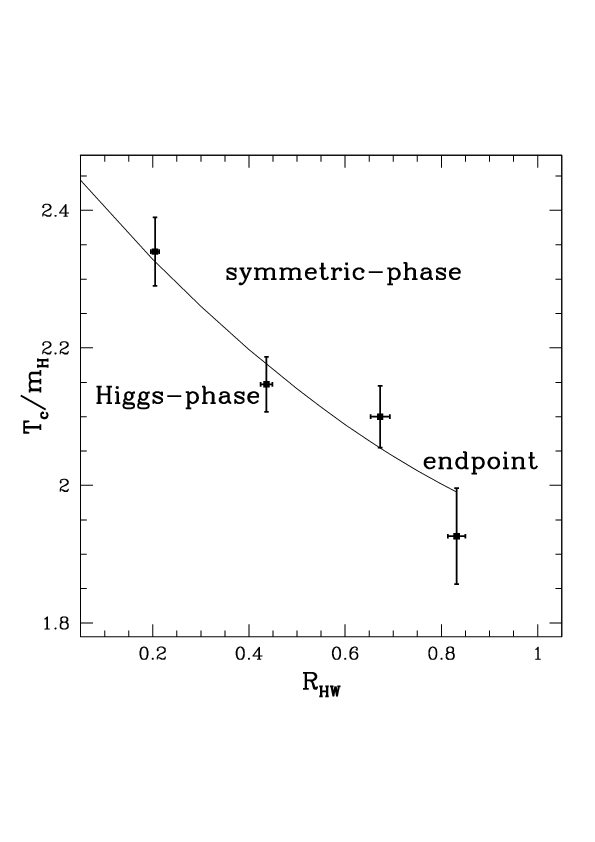
Heising, “Quartz Crystals for Electrical Circuits” (van Nostrand, New York 1946) or the reprint by Electronic Industries Association, Washington, Ch. Bond, “Crystal Technology” (Wiley, New York, 1976) Ch. Army Electronics Command, Fort Monmouth, N.J., 1978) p. Merigoux, Proceedings of the 32nd Annual Frequency Symposium (U.S. Uncertainties in the a values range from 2×10 −4 to 5×10 −4 Å and uncertainties in the c/a ratio range from 4×10 −5 to 12×10 −5. Thus for decreasingly pure grades of quartz, natural quartz has a rising from 4.9129 to 4.9138 Å associated with a fall of c/a from 1.10012 to 1.10004. Values of the cell parameters are suggested which allow interplanar and Bragg angles to be calculated with uncertainties of between 0.001 and 0.003°. This attribution can account for the spread of natural quartz data. Thus the differences between natural and synthetic quartz must be attributed to differences in the growth conditions (temperature, pressure and mineralizer).

Neither is it due to differences of growth mechanism since crystals of synthetic quartz grown on different faces behave identically. This difference cannot be attributed to the large hydrogen content of the synthetic quartz since it is shown that this has a negligible effect on a.

The values of a 0 at 25° C are deduced to be 4.9127 and 4.9134 Å, respectively, for natural and synthetic quartz with uncertainties in the last figure of about 1. The available data can be described by c/a=1.10013−0.20 ( a− a 0) where a 0 is the lattice constant of the pure material. Data relating to the lattice constants of quartz are reviewed and it is shown that hydrogen and most other impurities increase the a lattice constant and decrease the axial ratio c/a.


 0 kommentar(er)
0 kommentar(er)
